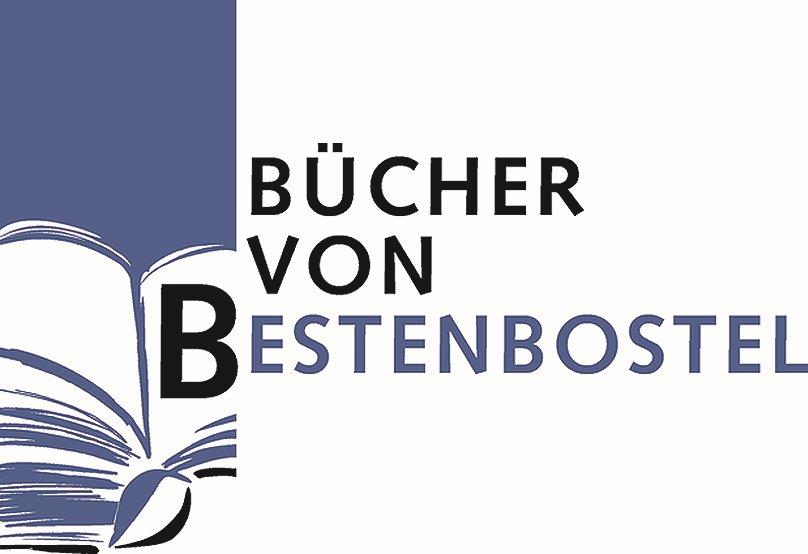Beschreibung
This brand new Annual Plant Reviews volume is the second edition of the highly successful and well-received
Functions of Plant Secondary Metabolites and their Exploitation in Biotechnology (
Annual Plant Reviews,Volume 3).
This exciting new volume provides an up-to-date survey of the functions of plant secondary metabolites, their modes of action and their use in pharmacology as molecular probes, in medicine as therapeutic agents, and in agriculture as biorational pesticides. The possibilities to produce valuable natural products in plant cell and tissue culture and even in recombinant microorganisms are also reviewed.
This carefully compiled new edition brings together chapters from some of the worlds leading experts in plant secondary metabolites. Completely revised and brought right up to date with much new information, this volume is an essential purchase for advanced students, researchers and professionals in biochemistry, physiology, molecular biology, genetics, plant sciences, agriculture, medicine, pharmacology and pharmacy, working in the academic and industrial sectors, including those working in the pesticide and pharmaceutical industries. Libraries in all universities and research establishments where these subjects are studied and taught will need copies of this excellent volume on their shelves.
A companion volumeAnnual Plant ReviewsVolume 40,Biochemistryof Plant Secondary Metabolism, Second Edition,Edited by M. Wink, is also available. Autorenportrait
Michael Wink is Professor of Pharmaceutical Biology and Director at the Institute of Pharmacy and Molecular Biotechnology (IPMB), Heidelberg University, Germany
Inhalt
List of contributors
Preface
1 Introduction
Michael Wink
1.1 Ecological function of secondary metabolites
1.2 Presence of defence and signal compounds at the right time and place
1.3 Molecular modes of action of SM
1.4 Biotechnology and utilization of SM
1.5 Conclusions
2 Molecular Modes of Action of Defensive Secondary Metabolites
Michael Wink and Oskar Schimmer
2.1 Introduction
2.2 Molecular modes of action an overview
2.3 Accumulation of defence and signal compounds in plants
2.4 Animal responses: detoxification mechanisms and adaptations
2.5 Concluding remarks
3 Chemical Defence in Marine Ecosystems
Annika Putz and Peter Proksch
3.1 Introduction
3.2 Marine natural products in allelopathic interactions
3.3 Chemical defence against fouling
3.4 Chemical defences of marine invertebrates and algae against consumers
3.5 Favoured allocation of defensive metabolites in vulnerable and valuable parts of marine invertebrates and algae
3.6 The flexible response: stress-induced accumulation of defence metabolites and activation of protoxins
3.7 Endosymbionts as sources for allelochemicals found in marine invertebrates
3.8 Conclusions and outlook
4 PlantMicrobe Interactions and Secondary Metabolites with Antibacterial, Antifungal and Antiviral Properties
Jürgen Reichling
4.1 Introduction
4.2 Phytoalexins
4.3 Antibacterial and antifungal agents of higher plants
4.4 Secondary metabolites from higher plants with antiviral properties
4.5 Conclusions
5 New Medical Applications of Plant Secondary Metabolites
Jörg Heilmann
5.1 Introduction
5.2 Compounds with anticancer and chemopreventive activity
5.3 Antiviral compounds
5.4 Antimalarial drugs
5.5 Anti-inflammatory drugs
5.6 Antidepressant drugs
5.7 Anti-ischaemic drugs
5.8 Immunostimulatory drugs
5.9 Conclusions
6 Production of Natural Products by Plant Cell and Organ Cultures
August-Wilhelm Alfermann
6.1 Introduction
6.2 Production of natural products by cell and organ cultures
6.3 Elicitation
6.4 Increase/decrease of product yields by genetic manipulation
6.5 Biosynthetic pathways delineation using RNA-interference
6.6 Mass cultivation of plant cell cultures
6.7 Production of recombinant proteins by plants and plant cell cultures
6.8 Production of plant natural products in microbes
6.9 Perspectives
Index
Informationen zu E-Books
